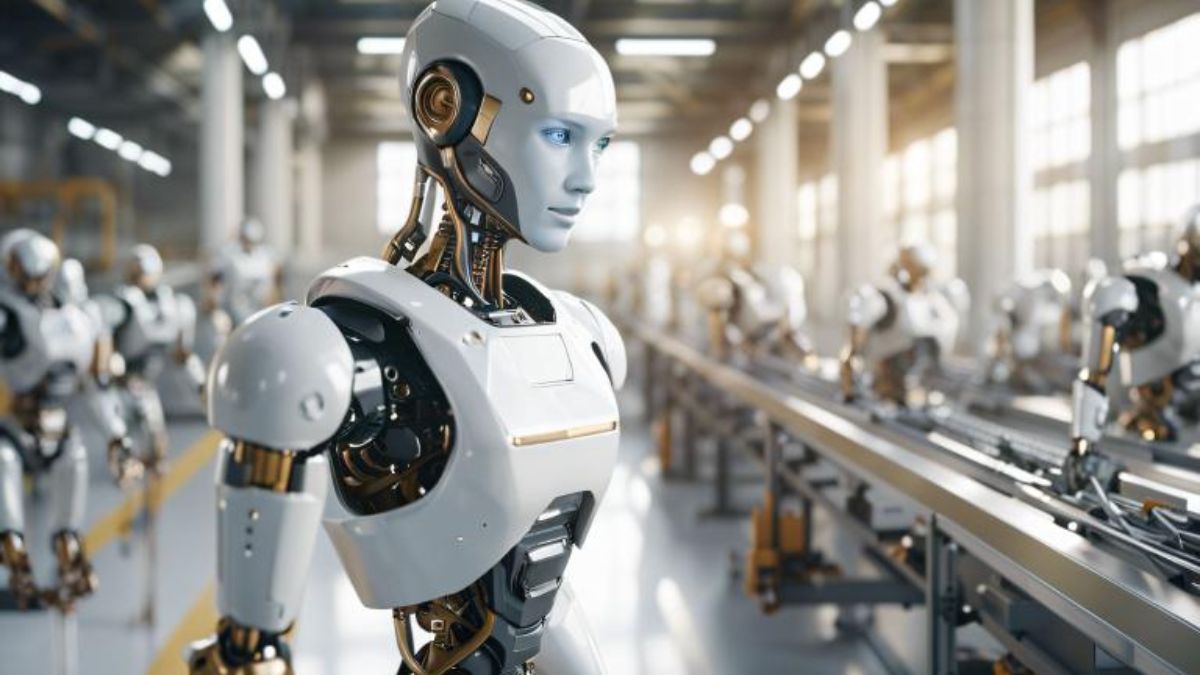
Advertisement
In a groundbreaking development for the automotive industry, Figure’s humanoid robot is now actively participating in manufacturing tasks at BMW’s Spartanburg, South Carolina plant. This collaboration marks a significant milestone for Figure, as it integrates its cutting-edge robotic technology into one of the largest automotive manufacturing facilities in the United States.
Humanoid Robot Making Waves in Manufacturing
Following a partnership announced nearly six months ago, Figure’s advanced humanoid robot is showcasing its capabilities in a live industrial setting. The robot, which stands at 5 feet 6 inches tall and weighs approximately 132 pounds, is equipped with the ability to carry payloads up to 44 pounds and operate continuously for up to five hours. It reaches speeds of up to 2.7 mph, making it well-suited for various manufacturing tasks.
The Figure robot represents the latest in AI-powered robotics, designed to handle a range of complex tasks traditionally performed by human workers. These include assembling parts, navigating and avoiding obstacles, and even performing error correction. The robot’s ability to manage and correct its own tasks demonstrates a significant leap forward in industrial automation.
BMW Partnership: A Key Milestone
The deployment of Figure’s humanoid robots at BMW’s Spartanburg plant is a landmark achievement. This partnership signifies Figure’s first major commercial contract since its inception in 2022 and underscores the growing interest in robotic solutions for industrial applications. Over the next 12 to 24 months, these robots will be integrated into various manufacturing processes, including body shop operations, sheet metal work, and warehouse tasks.
Training and Capabilities
Recent demonstrations highlight the robot’s progress, showcasing its advanced dexterity and problem-solving skills. For instance, the robot can handle large, complex components with precision, even correcting its actions when parts are misaligned. This capability is achieved through its sophisticated sensors and AI algorithms, which allow it to adapt and respond to its environment in real-time.
Competitive Landscape
Figure’s advancements come amid a competitive landscape in the humanoid robotics field. Companies such as Apptronik, with its Apollo robot, and Boston Dynamics, with its Atlas model, are also pushing the boundaries of what humanoid robots can achieve in manufacturing. Tesla is similarly advancing its Optimus robot, highlighting the diverse and rapidly evolving nature of robotics in the industrial sector.
The Future of Humanoid Robots in Manufacturing
The integration of humanoid robots like Figure’s into real-world manufacturing environments promises to transform production processes across various industries. As AI and robotics technology continue to advance, these robots are expected to become faster, more efficient, and increasingly capable of handling complex tasks. However, their widespread adoption also raises important questions about the future of human labor and job displacement.
As the technology progresses, it will be essential to balance innovation with considerations for employment and ethical implications. The ongoing development and deployment of humanoid robots will play a critical role in shaping the future of work and manufacturing.
Conclusion
Figure’s humanoid robot is at the forefront of a new era in manufacturing, demonstrating significant advancements in AI-powered robotics. While the technology is still evolving, its potential to enhance efficiency and productivity in manufacturing settings is already evident. As these robots become more integrated into the workforce, they may redefine the landscape of industrial production and labor.
